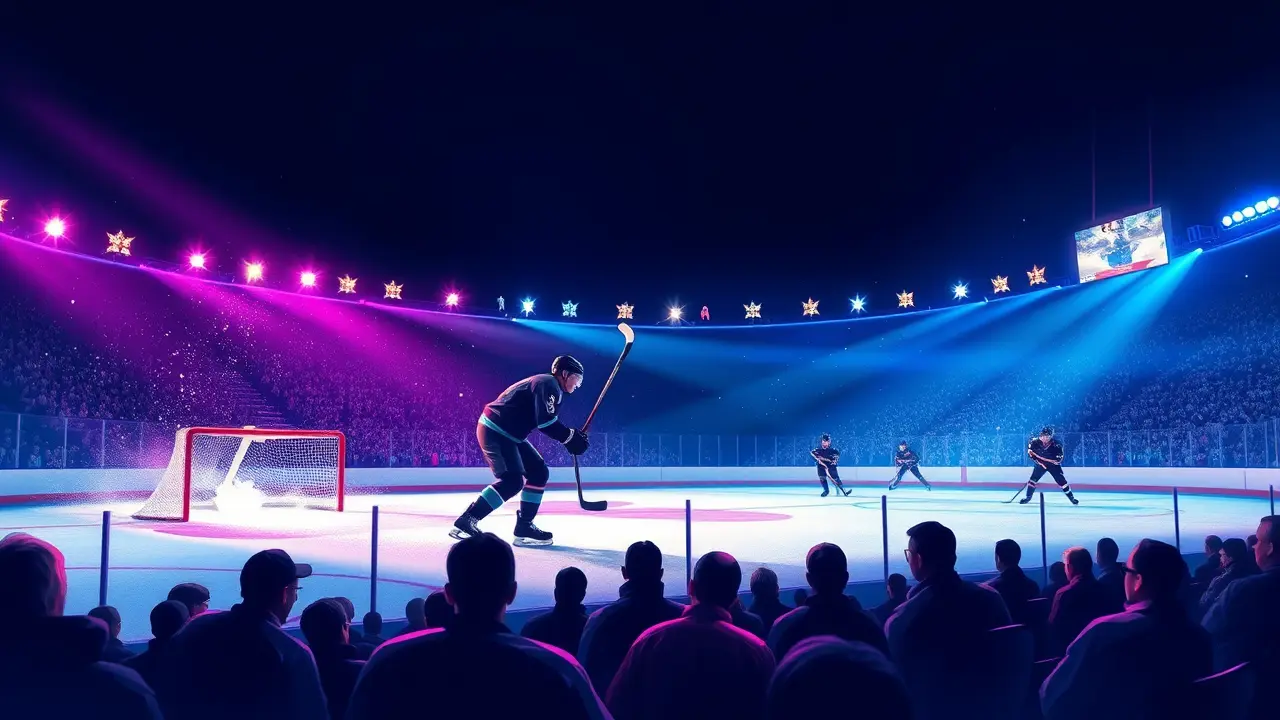Kudashov on KHL's three-shot shootout rule.
The Kontinental Hockey League's recent decision to slash its shootout format from five attempts to a swift three-shot spectacle is more than a mere procedural tweak; it's a fundamental recalibration of the sport's entertainment quotient, a move that Moscow Dynamo's head coach Alexei Kudashov views with a blend of pragmatic acceptance and wry observation. Following a grueling, playoff-intensity 5-1 stretch that has his Dynamo squad sitting fourth in the Western Conference, Kudashov dissected the new rule not just as a coach, but as a strategist in the broader game of capturing the modern fan's fleeting attention.'The youth cannot sit in front of the television for a very long time,' he noted, pinpointing the core challenge facing professional sports leagues worldwide. This isn't just about hockey; it's a battle for screen time in an era of infinite scrolling and instant gratification.Kudashov's comments reveal an acute awareness of the global sports landscape, where the NHL and international IIHF tournaments have long grappled with game length, and his allusion to officials being pressured to accelerate play underscores a league-wide mandate to condense the product. His seemingly off-the-cuff remark, 'Maybe it's better to start the game with shootouts,' while delivered with a coach's dry humor, cuts to a deeper truth about the evolving nature of spectacle in sport.Is the pure, 5-on-5, grinding contest being slowly supplanted by a highlight-reel culture that prioritizes individual skill-showcasing moments over team-based systemic play? The data suggests this is a calculated risk. A three-shot shootout dramatically increases the likelihood of a quick decision, reducing the probability of a protracted, momentum-killing sequence and delivering a binary result with heightened drama from the very first shot.This aligns with a global trend seen in football's penalty shootouts, which are inherently tense precisely because of their sudden-death nature, and cricket's T20 format, which compressed a five-day game into a three-hour fireworks display. However, traditionalists argue that this move devalues the endurance and strategic depth of a longer shootout, where a goalie's ability to read patterns and a shooter's mental fortitude over multiple rounds were true tests of skill.It shifts the balance of power, giving a significant advantage to the team shooting first and placing immense, potentially game-ending pressure on a single player's failure. From an analytical standpoint, this could lead to teams overhauling their shootout preparation, prioritizing a 'big three' of elite snipers over a deeper bench of competent takers, thereby altering roster construction philosophies.Furthermore, Kudashov's update on Maxim Mamin's return from injury in 'a week or so' is intrinsically linked to this new reality; a player's specific shootout prowess may now carry greater weight in lineup decisions and post-game analysis. As Dynamo continues its formidable run, the success or failure of this KHL experiment will be watched closely by other leagues. Is this the future of regular-season tie-breakers—a faster, more digestible, and arguably more chaotic format designed for the TikTok generation? Or is it a step away from the sport's core identity? Kudashov's pragmatic 'people like it' may be the most powerful statistic of all, signaling that in the modern arena, viewer retention is the ultimate championship metric.
JA
Jamie Lowe123k2 hours ago
idk i kinda miss the drama of a long shootout tbh, this just feels so rushed
0
JA
Jamie Wilson123k3 hours ago
ugh idk i kinda miss the longer shootouts tbh, felt more dramatic and less rushed
0
